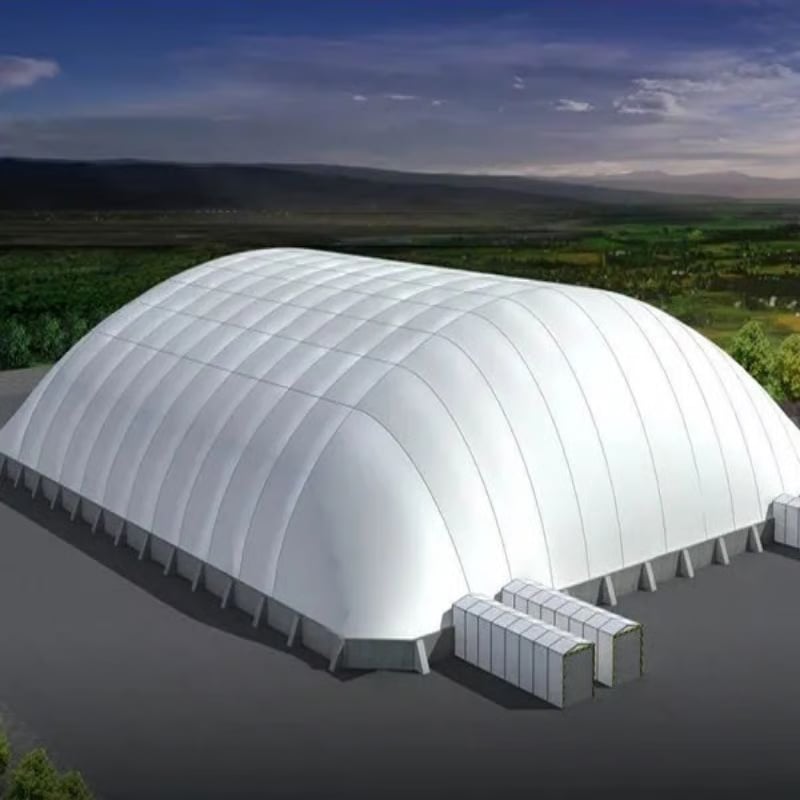Advanced Material Innovations
When it comes to constructing inflatable buildings, the choice of materials is crucial. Innovations in material technologies have significantly improved the durability and versatility of these structures. From high-strength fabrics to advanced coatings, there are a variety of options available to ensure longevity and functionality.
High-Strength Fabrics
One of the key components of inflatable buildings is the fabric used for construction. High-strength fabrics such as PVC-coated polyester or nylon are commonly utilized due to their durability and resistance to wear and tear. These fabrics can withstand harsh weather conditions, making them ideal for long-lasting inflatable structures.
Multi-Layered Composites
To enhance the structural integrity of inflatable buildings, multi-layered composites are often employed. By combining different materials with varying properties, such as strength and flexibility, these composites offer superior performance and longevity. This technology allows for customized solutions based on specific project requirements.
Seamless Bonding Techniques
Seamless bonding techniques are essential for ensuring air-tightness in inflatable buildings. By using advanced methods such as heat sealing or radio frequency welding, the seams of the fabric panels are fused together to create a strong, leak-proof bond. This technology is vital for maintaining pressure and stability within the structure.
UV-Resistant Coatings
Exposure to UV radiation can cause degradation and discoloration of inflatable building materials over time. To combat this issue, UV-resistant coatings are applied to the fabric surfaces. These coatings provide protection against sun damage, extending the lifespan of the structure and maintaining its aesthetic appeal.
Fire-Retardant Treatments
Safety is paramount when it comes to inflatable buildings, especially in public or commercial settings. Fire-retardant treatments are often applied to the fabric materials to prevent the spread of flames in case of a fire. These treatments comply with industry regulations and ensure the protection of occupants.
Thermal Insulation Solutions
Inflatable buildings can be prone to heat loss or gain due to their lightweight construction. Thermal insulation solutions, such as reflective barriers or foam inserts, help regulate the internal temperature of the structure. This technology enhances energy efficiency and comfort for occupants.
Anti-Microbial Finishes
To prevent the growth of mold, mildew, and bacteria within inflatable buildings, anti-microbial finishes are applied to the fabric surfaces. These finishes inhibit the proliferation of harmful microorganisms, promoting a healthy and hygienic environment. This feature is particularly important for structures used in healthcare or recreational settings.
Customizable Design Options
Advancements in material technologies have made inflatable buildings highly customizable in terms of design and aesthetics. Designers can choose from a wide range of colors, patterns, and textures to create visually appealing structures that meet specific project requirements. This flexibility allows for creative freedom and personalized solutions.
Environmental Sustainability
In addition to durability and versatility, material technologies for inflatable buildings are increasingly focused on environmental sustainability. Eco-friendly materials, recyclable components, and energy-efficient construction practices are prioritized to reduce the environmental impact of these structures. By embracing sustainable solutions, inflatable buildings can contribute to a greener future.

